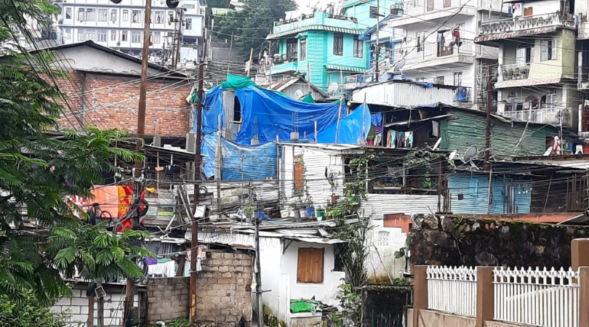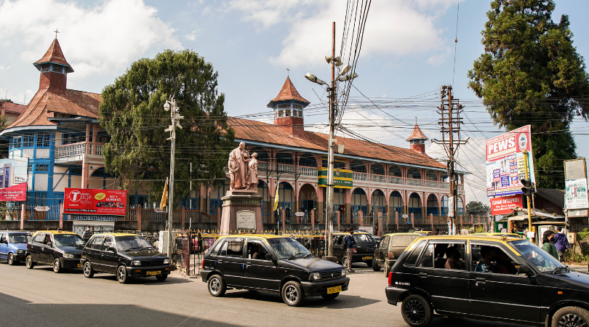
Sir,
Shillong today is reeling under the pressure of traffic jams, a situation which has gotten from bad to worse. Peak-hour traffic congestion is an inherent result of the way the modern world operates. Congested roads, people with frustrated looks on their faces, cars honking at one another – these are what mark the city of Shillong at present every single day.
The vast majority of people seeking to move during rush hours use private automotive vehicles, a simple reason being that privately owned vehicles are more comfortable, faster, more private, more convenient, and more flexible for doing multiple tasks on one trip than almost any form of public transit. And as the ability to purchase vehicles has become easier with options such as car loans and EMIs that are readily available, more and more people shift from slower, less expensive modes of movement to privately owned vehicles – an increase in the number of vehicles on the road without the corresponding improvement of infrastructure. The basic problem with traffic in Shillong is that the roads are narrow and the same as they were 20 years ago; unfortunately, its road systems also clearly do not have the capacity to handle peak-hour loads without forcing many people to wait in line for that limited road space, and waiting in line is the definition of congestion.
Many prefer to travel by public transport as it allows them to get down at any destination in case stuck in traffic, but some cabbies refuse to go to certain locations because of heavy congestion. Traffic systems in Shillong are chaotic and disorganised, prompting commuters to avoid travelling in vehicles and rather on foot. But for how long can people cover their destination on foot, especially if it requires for them to travel far? Ambulances and emergency services getting stuck in an hour-long traffic is an ugly, harsh, and bitter sight to see, but if they have to pass through, how would they when there is no space left on the road for them to do so.
In order to ease the traffic snarl, the transport department is looking at the possibility of reverting to the odd-even formula. How much will this work and prove beneficial to ease the traffic congestion? The odd-even rule was implemented to ease traffic jams during Covid times, which proved to work because several people preferred to stay home, educational institutions were unopened, and most employees were working from home or going to offices in shifts. All of this has now stopped, and life has returned to normal with schools fully functional and offices functioning at 100 per cent strength, prompting people to leave the comforts of their home and commute daily. In such a scenario, how will the odd-even system ease traffic congestion? If the formula is implemented, would it not pose a problem to school going children who now have to attend schools daily and either commute via public transport or private; and not every school in Shillong provides school bus facilities that would come to the rescue of these students.
Traffic congestion in the city will continue being a growing nuisance until and unless strict rules and strategies are implemented, a solution is found for the lack of space, and the growing numbers of vehicles, particularly private vehicles, are kept in check.
Jordan Diengdoh, Shillong






